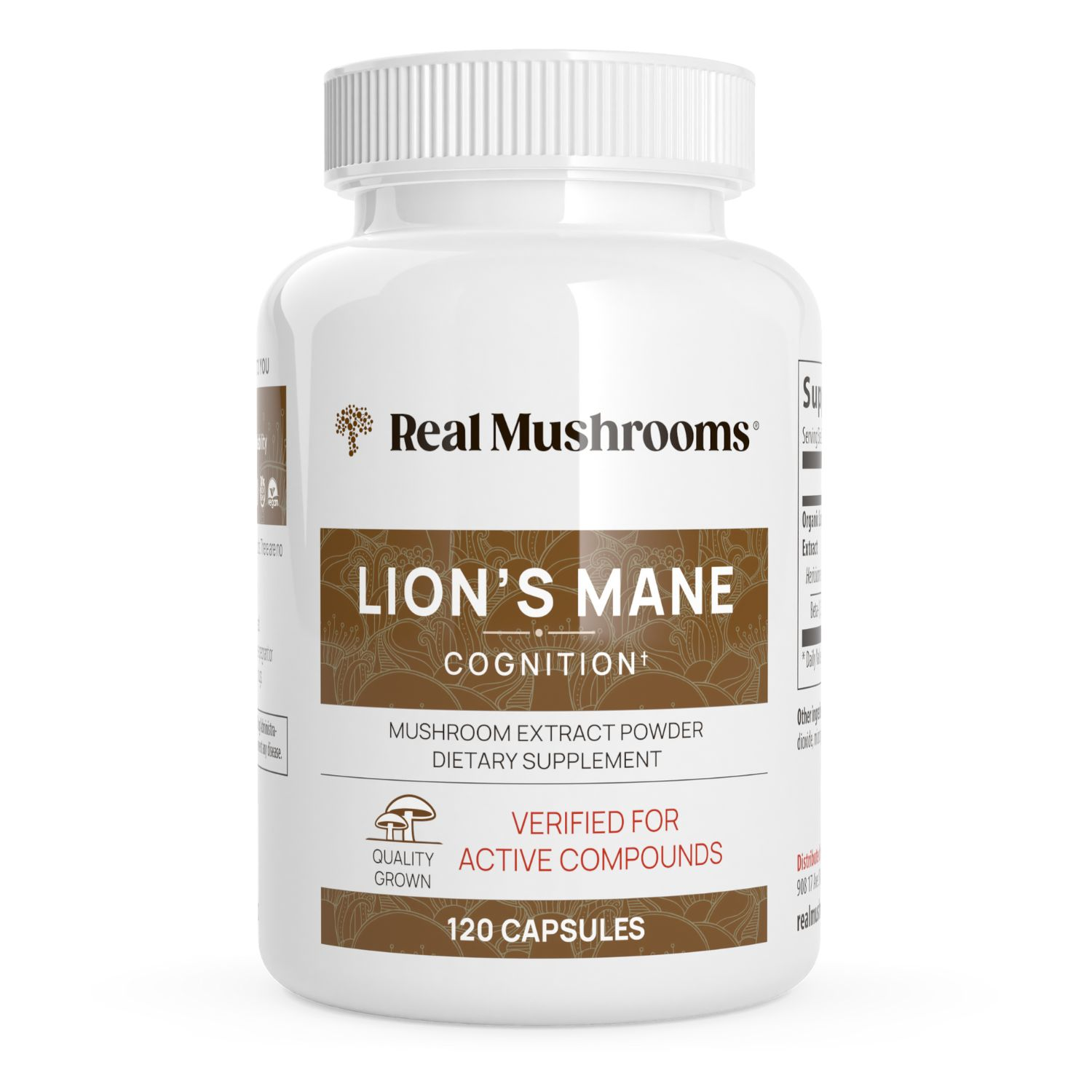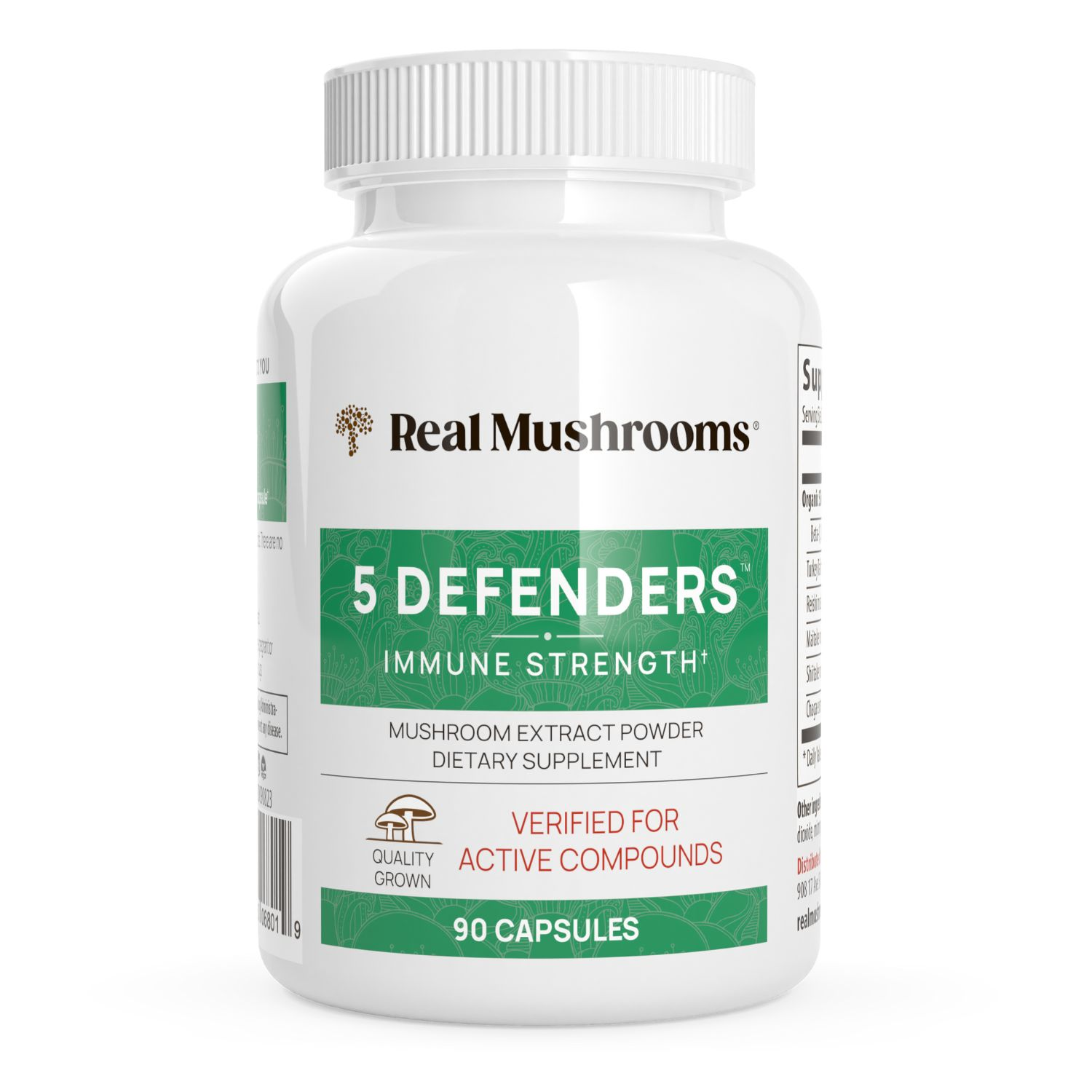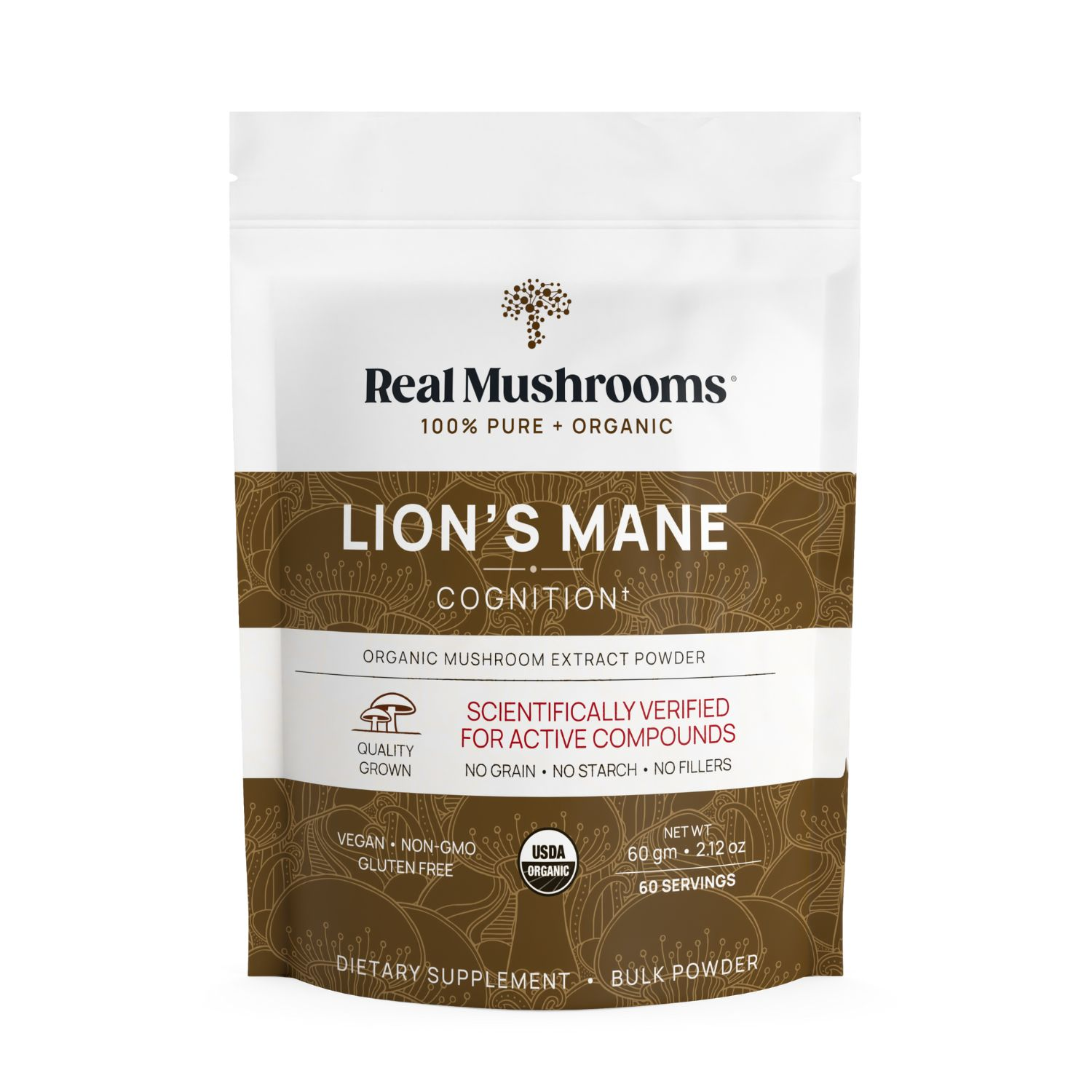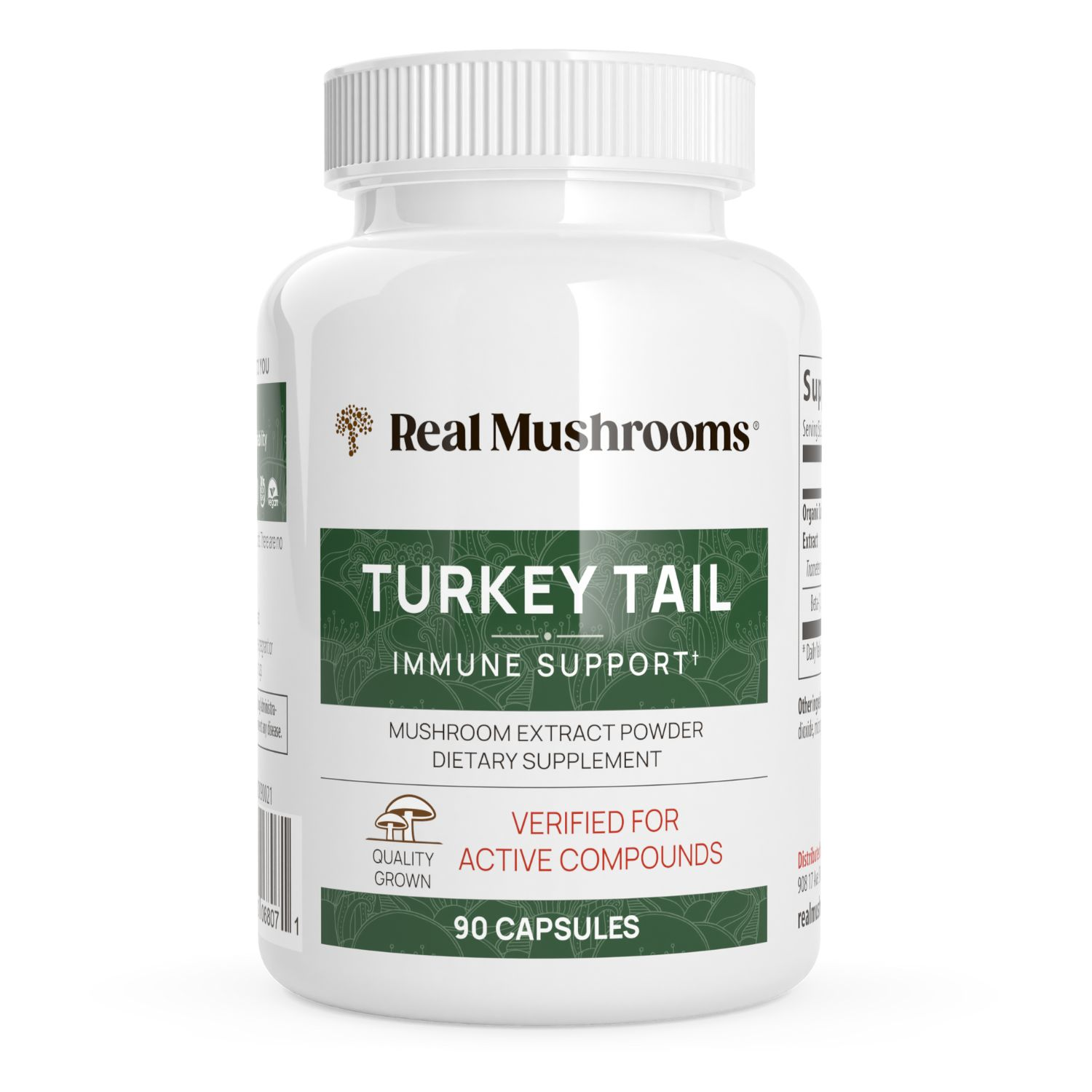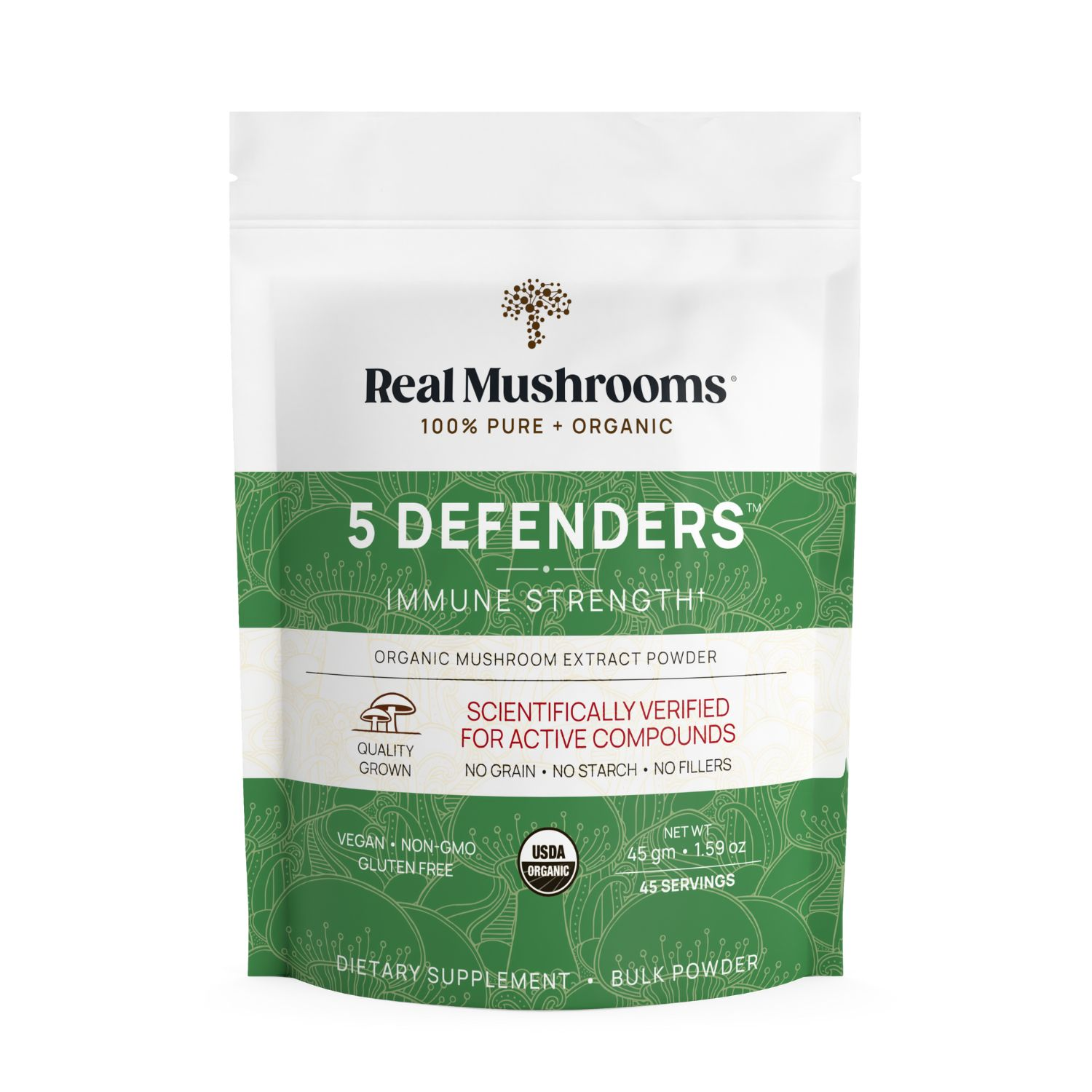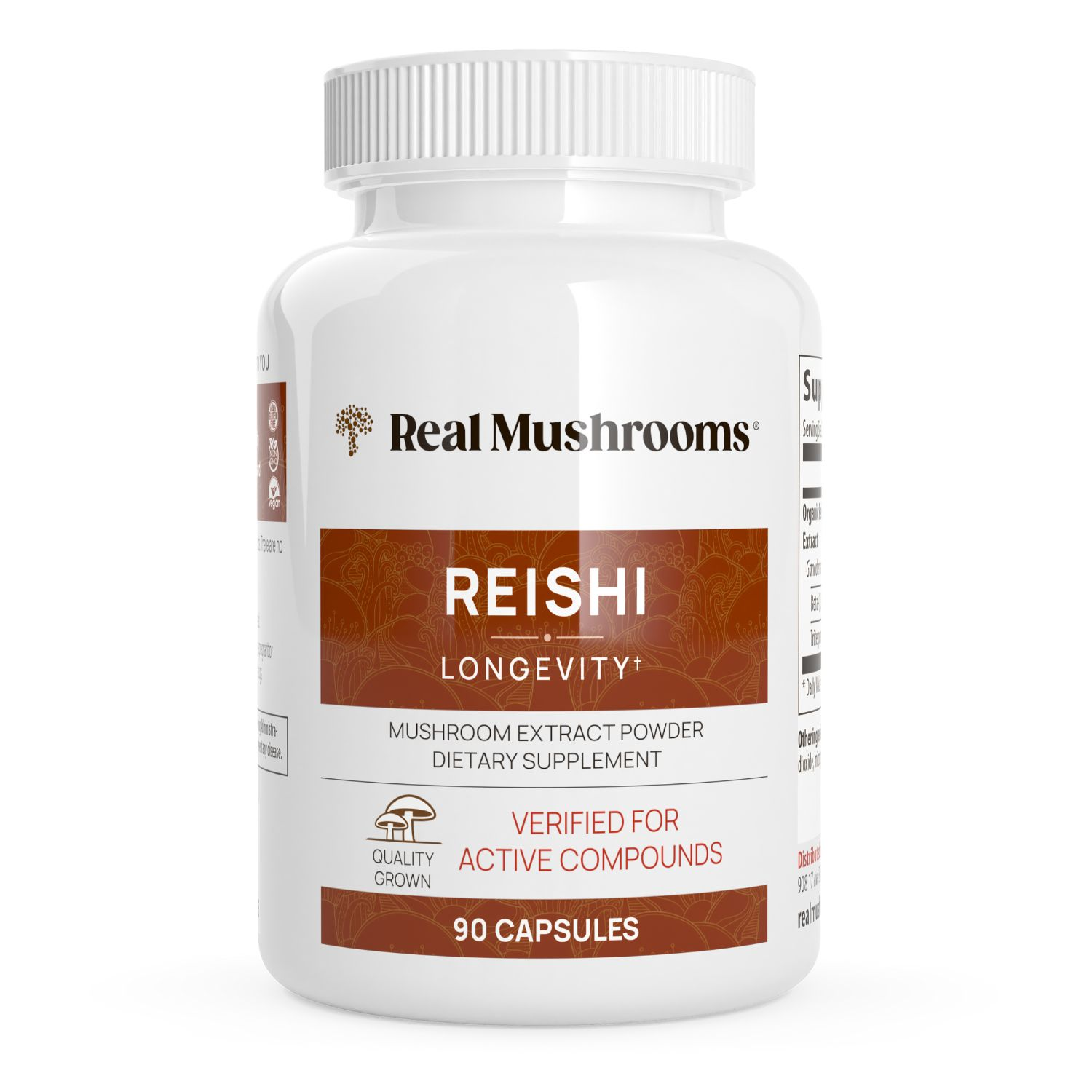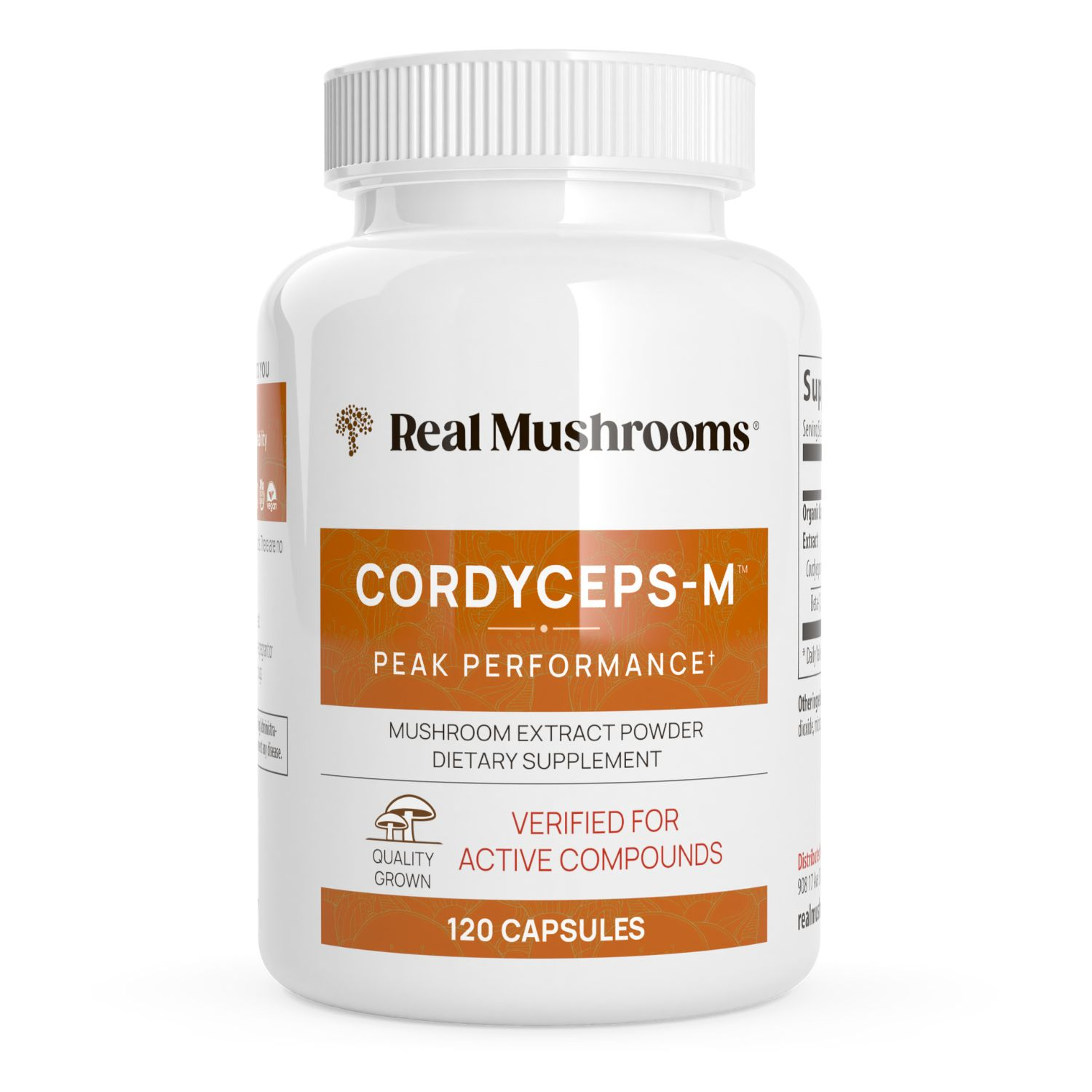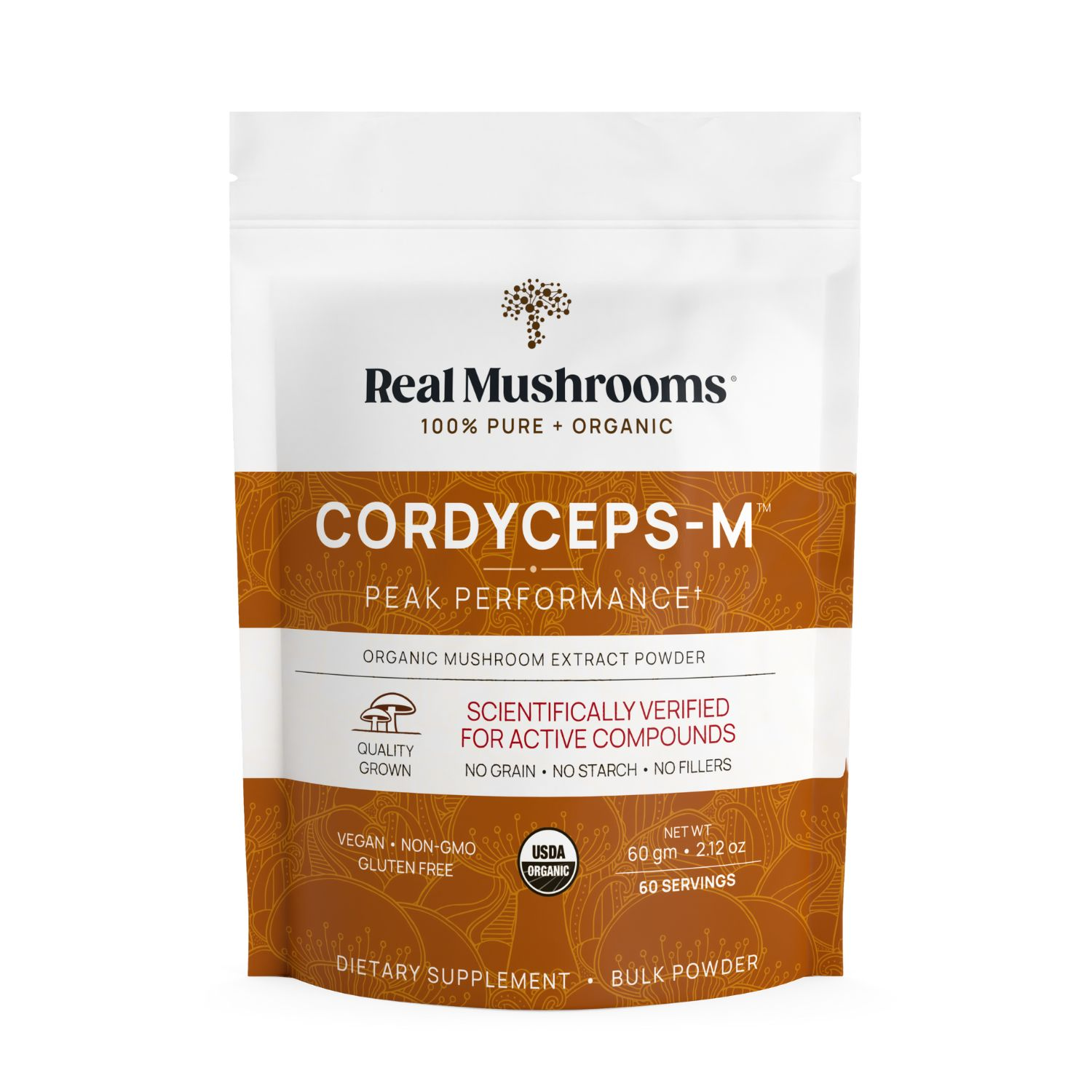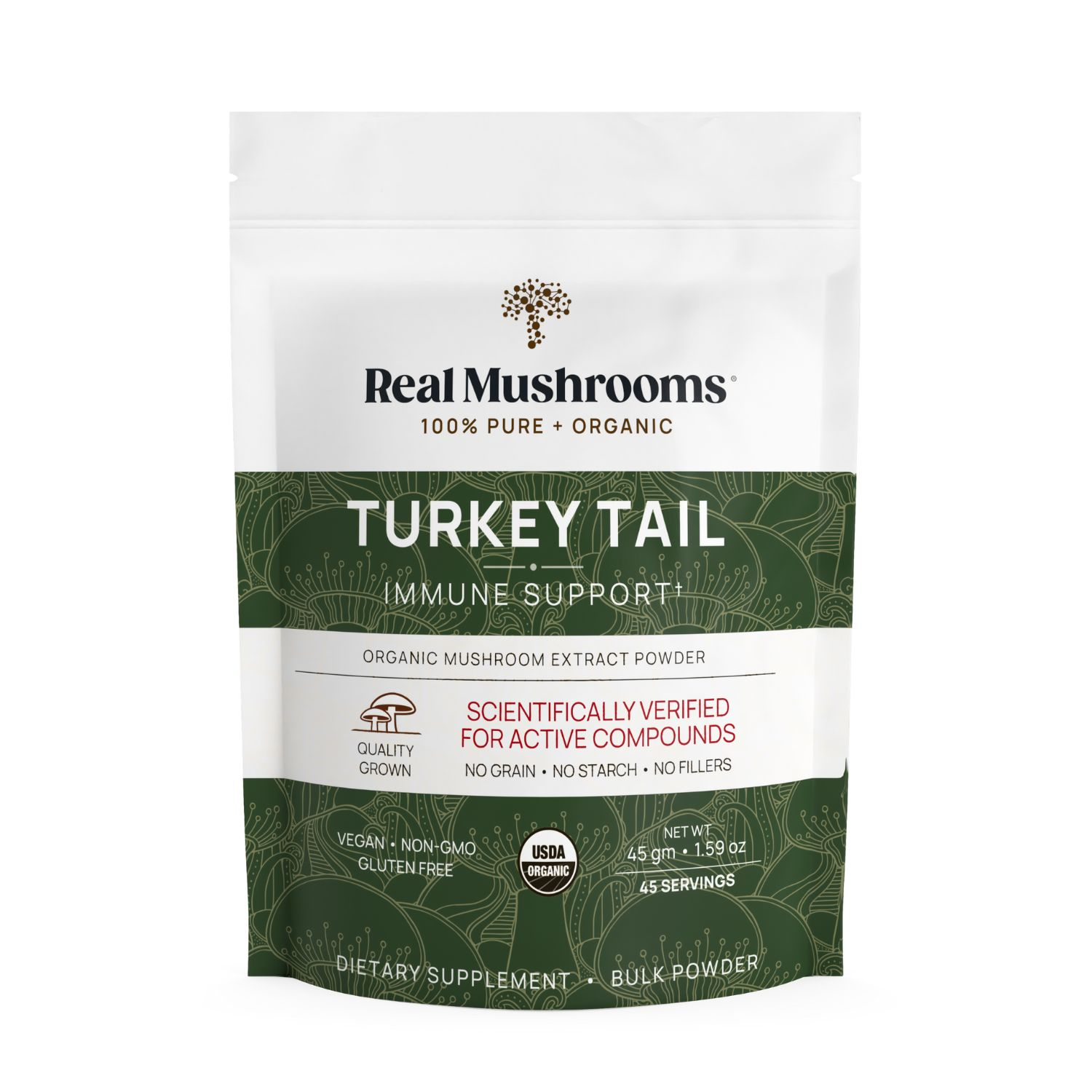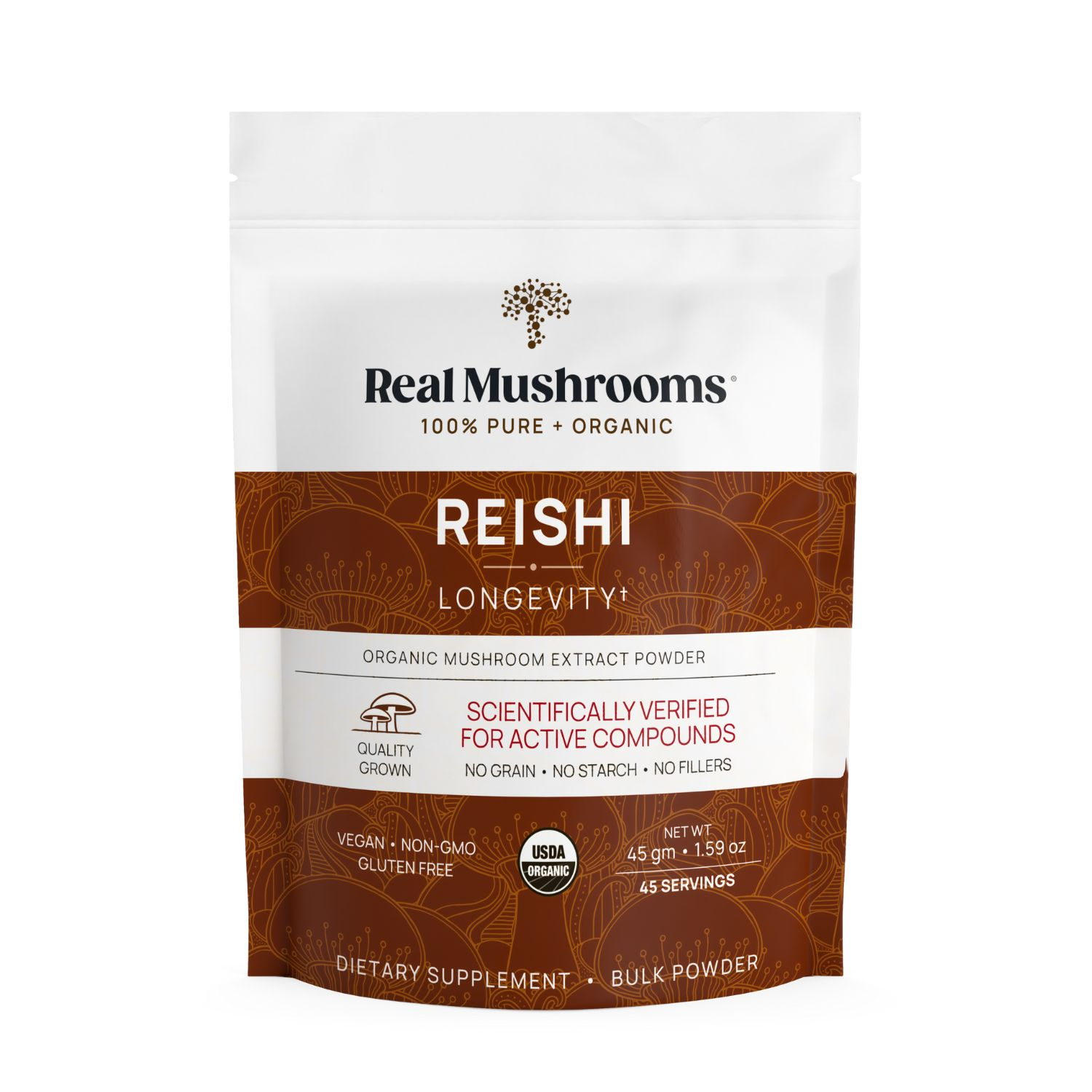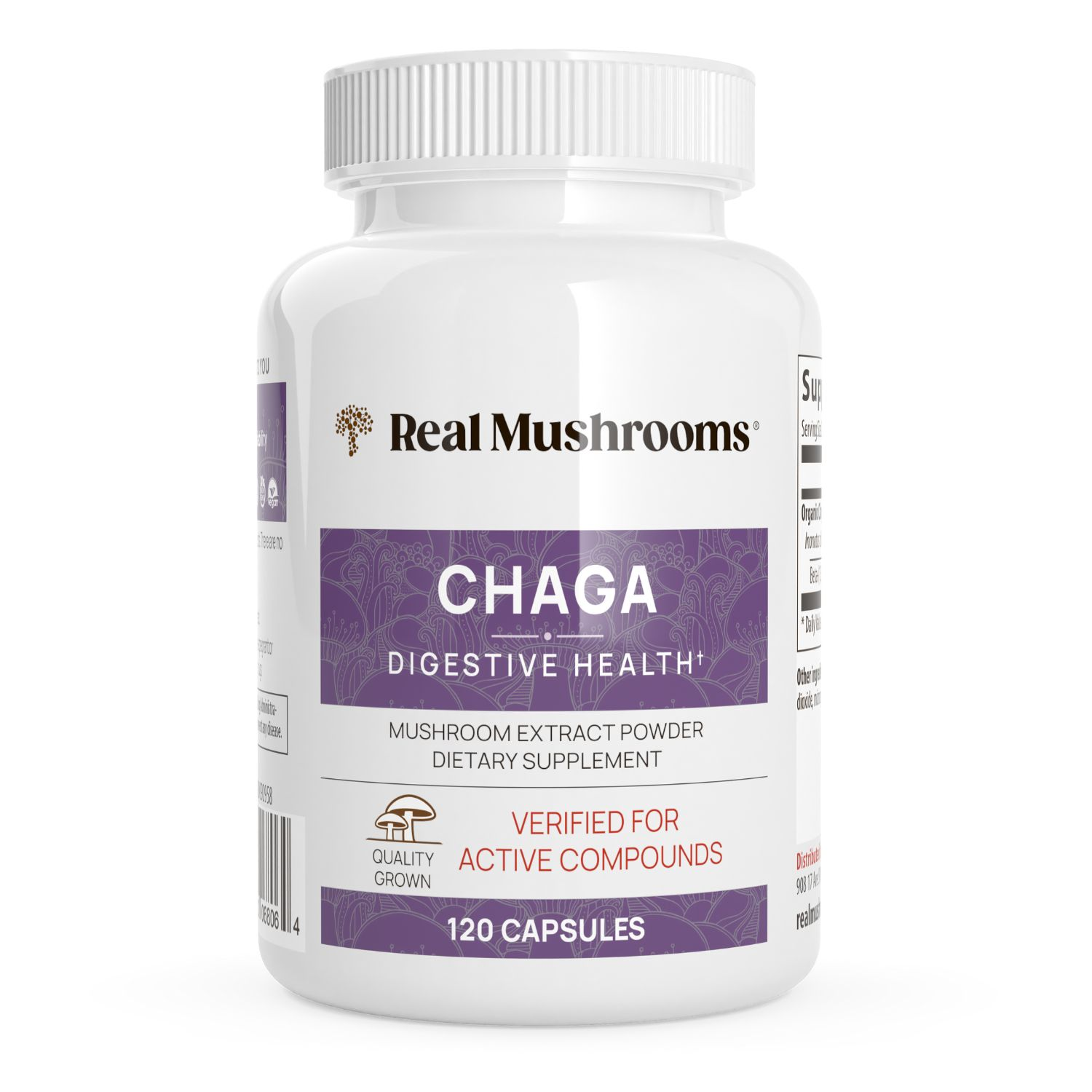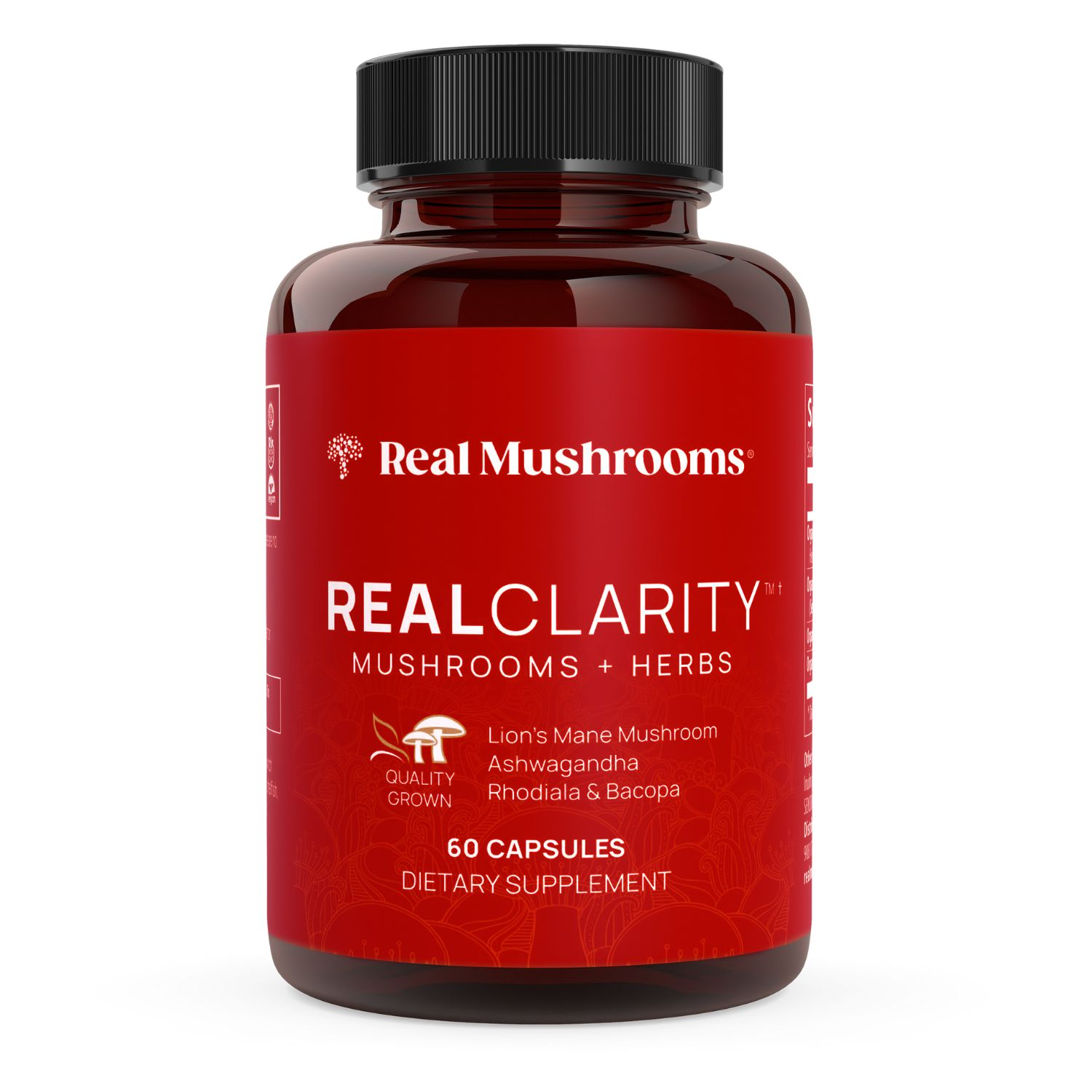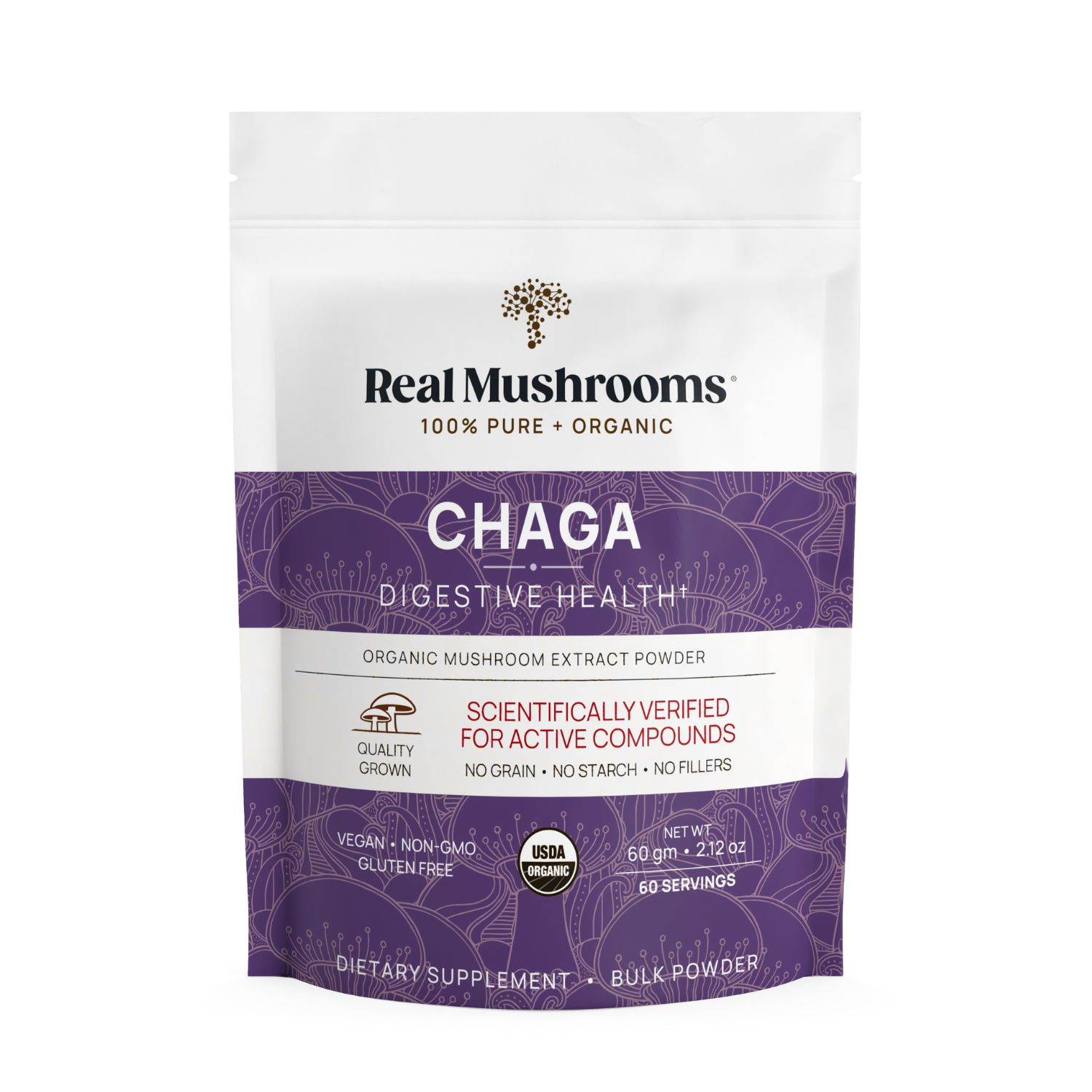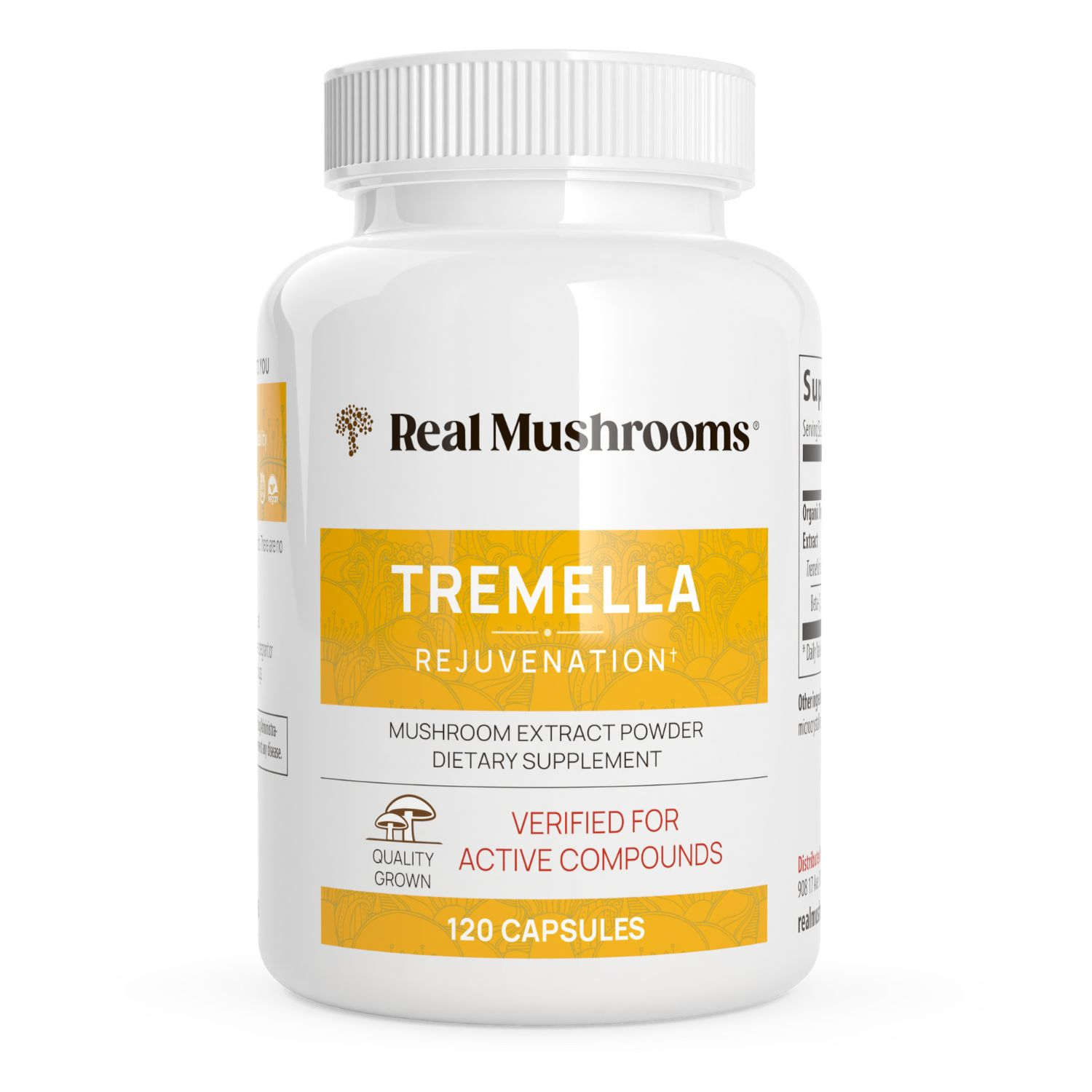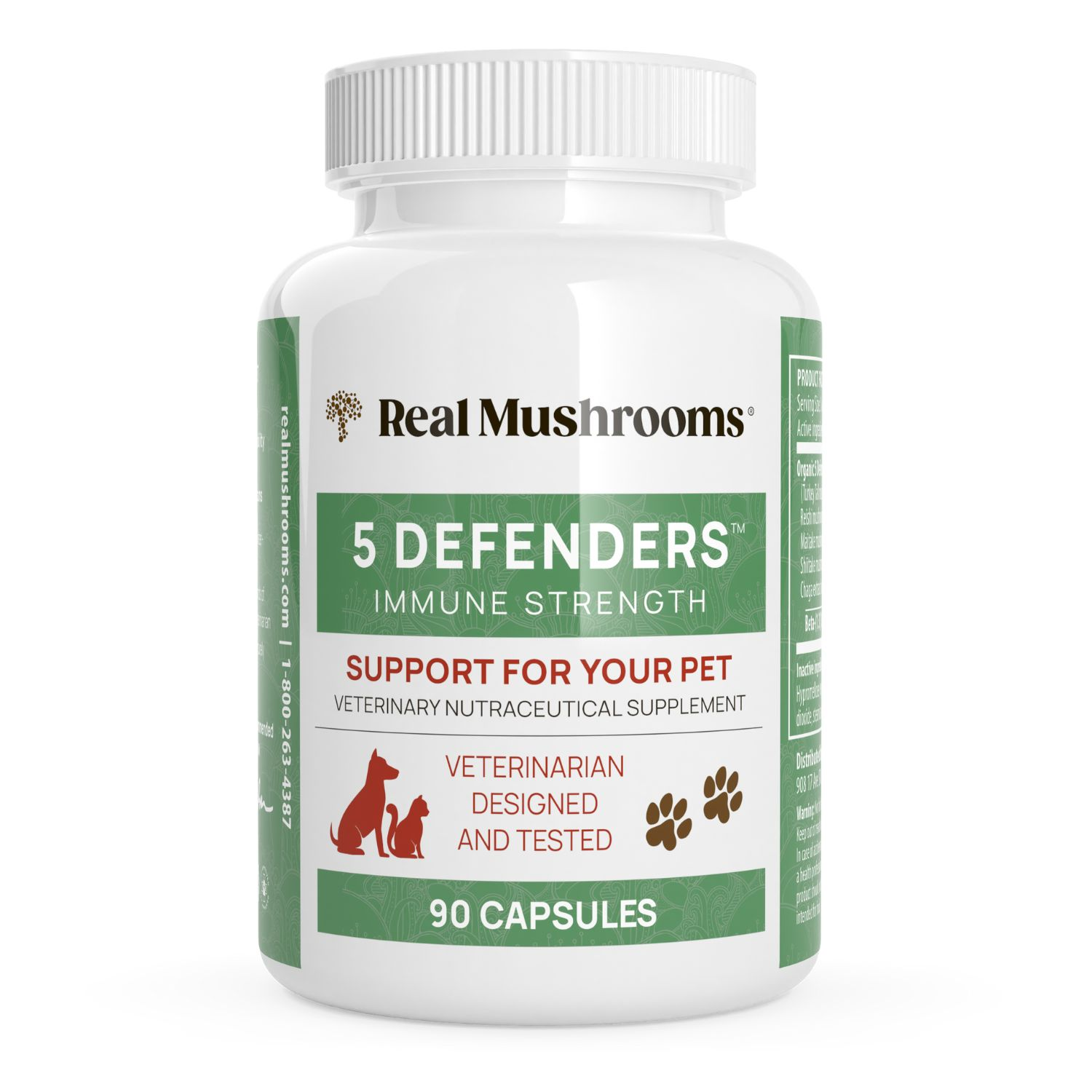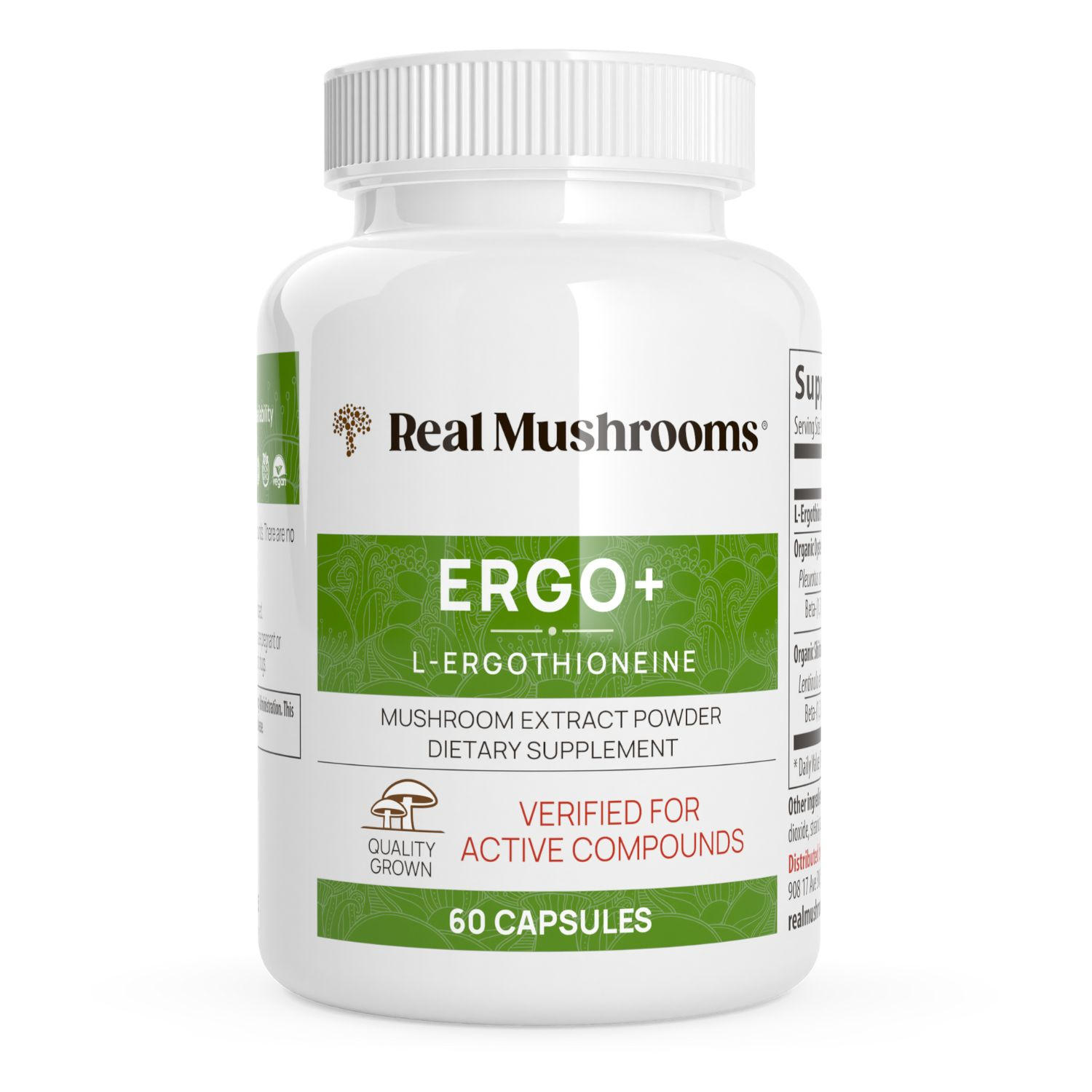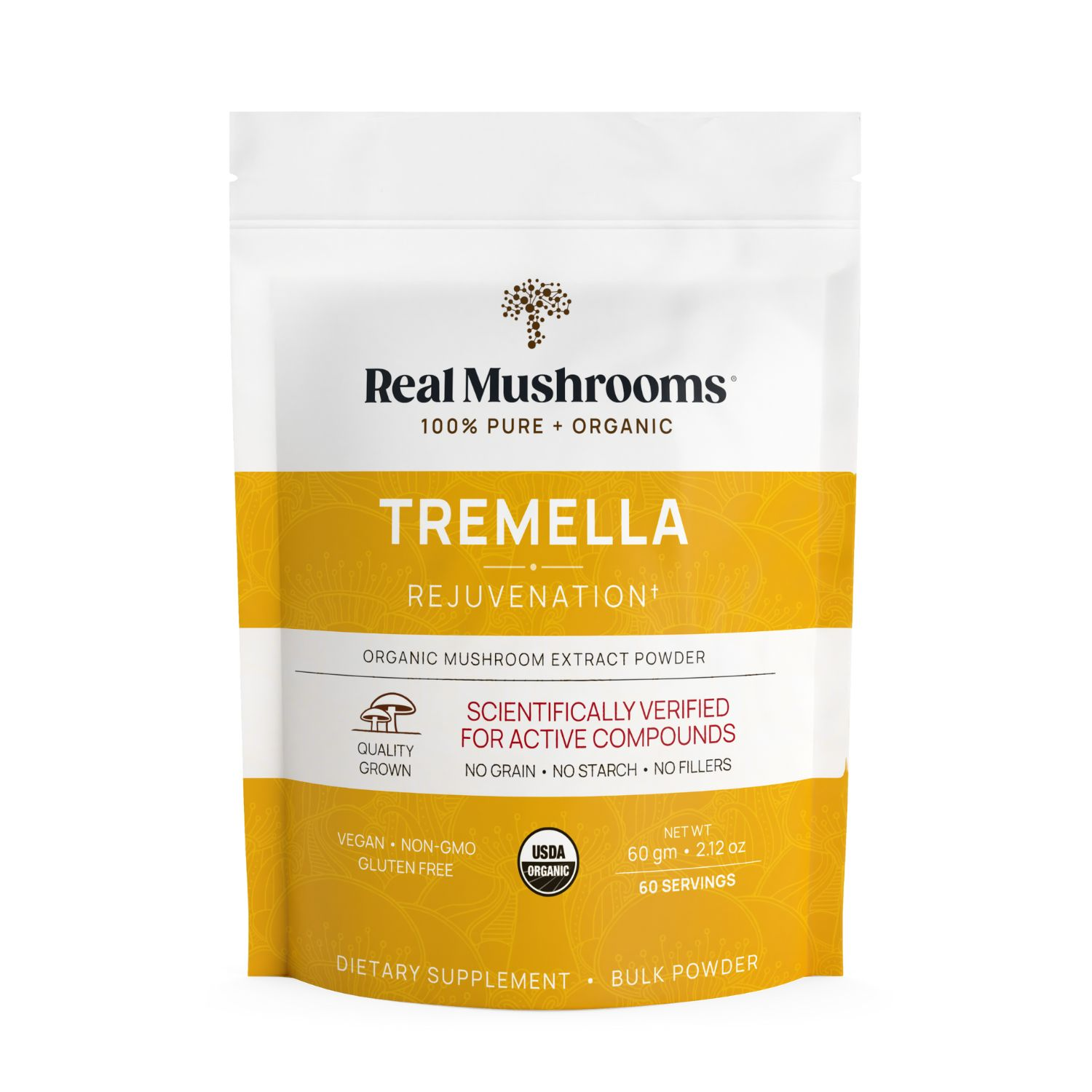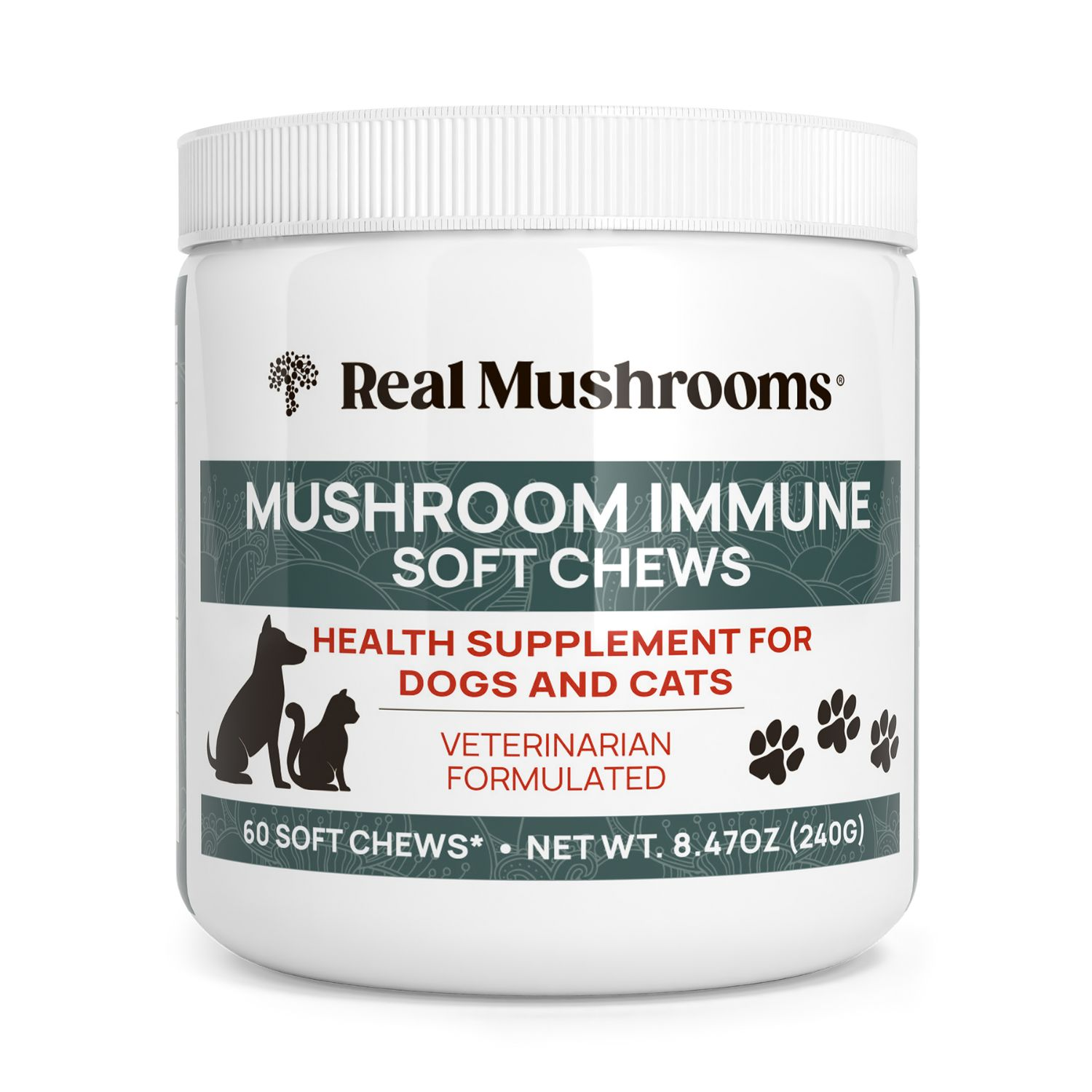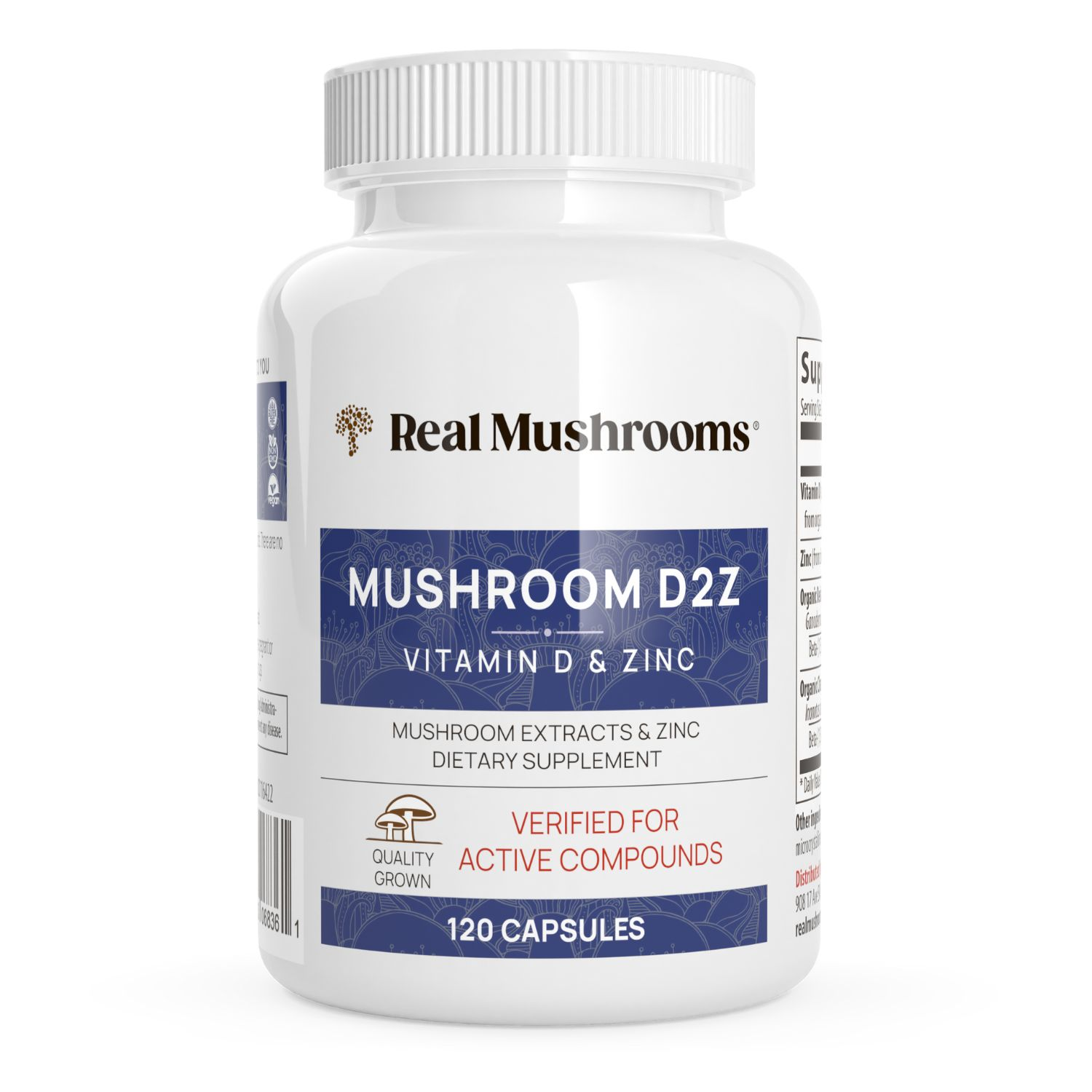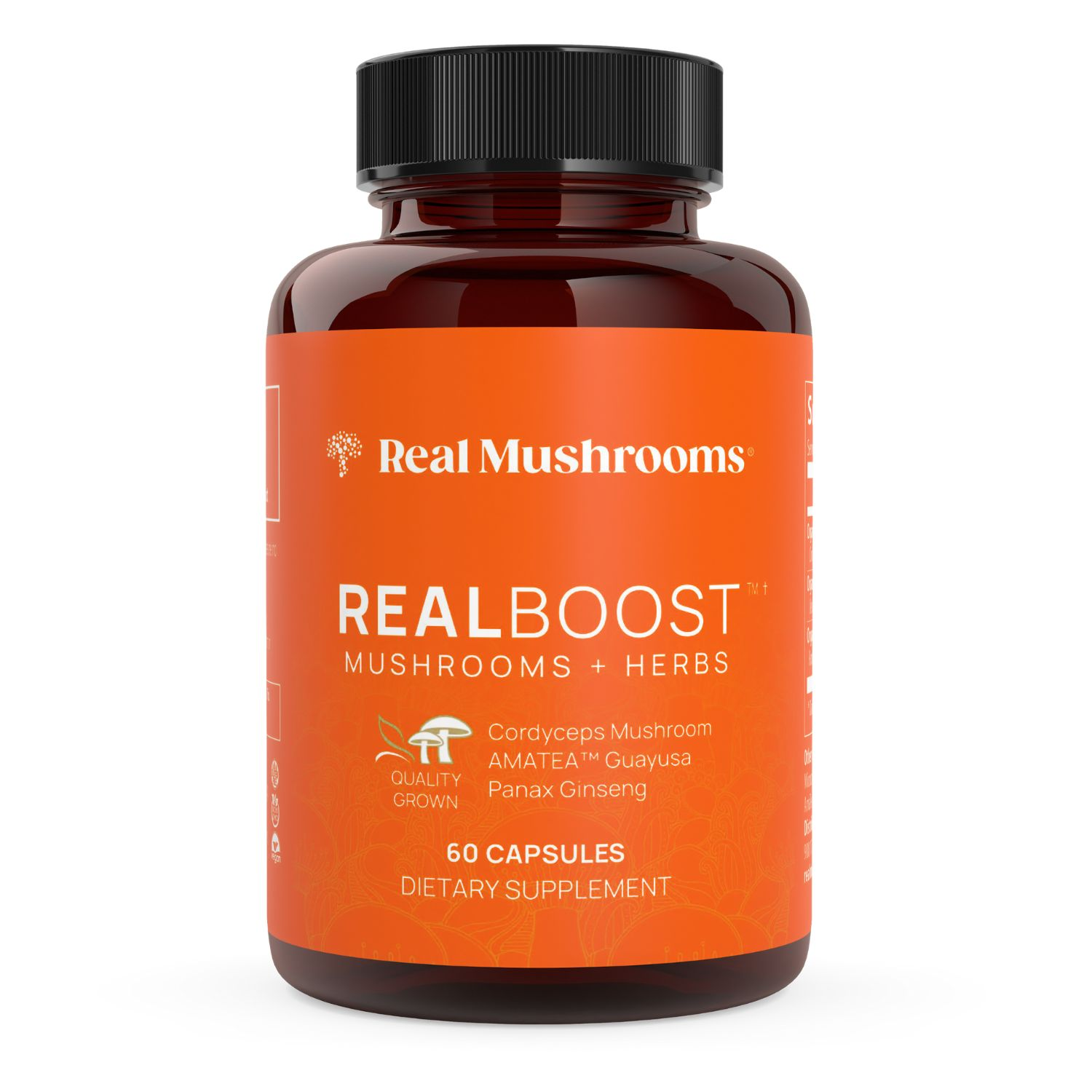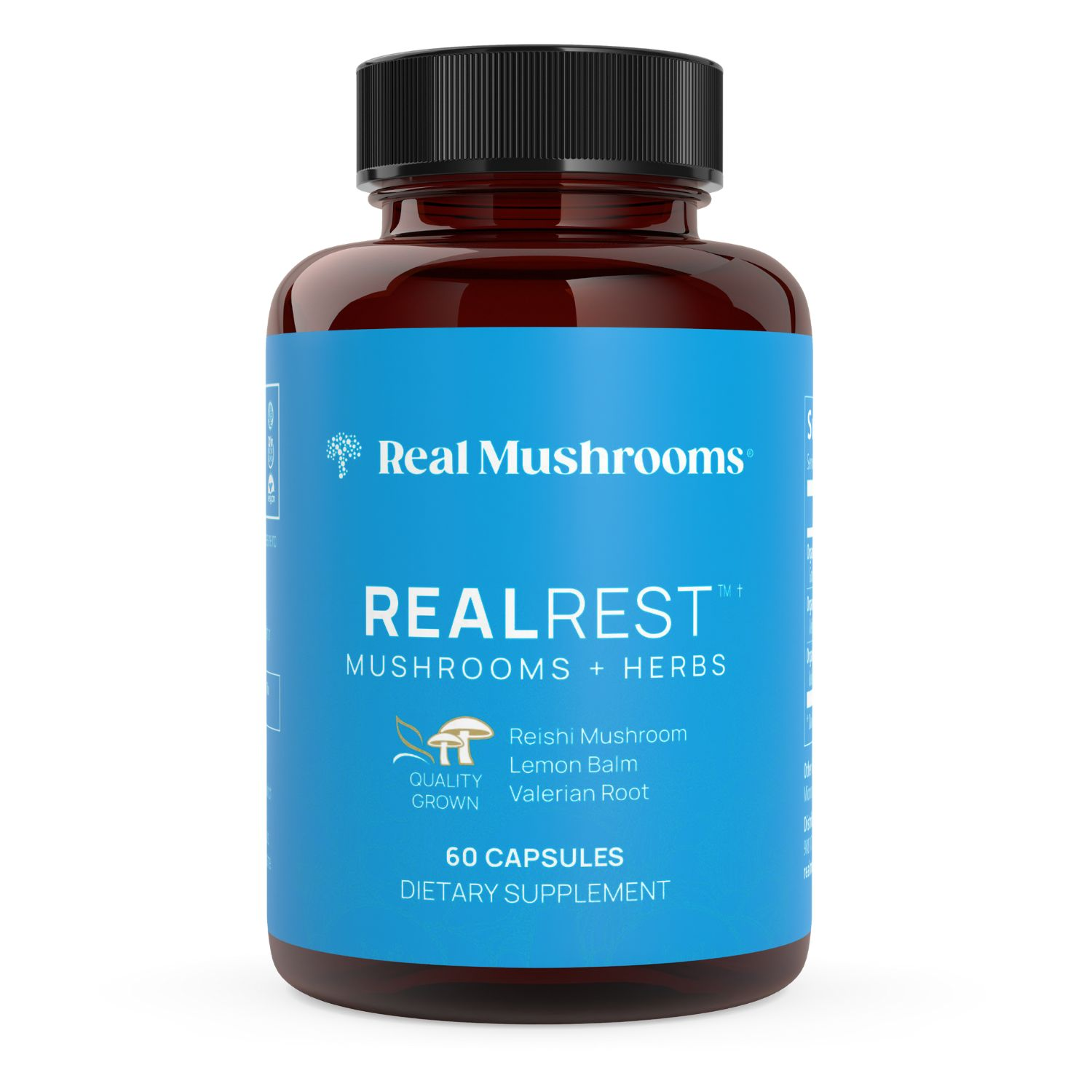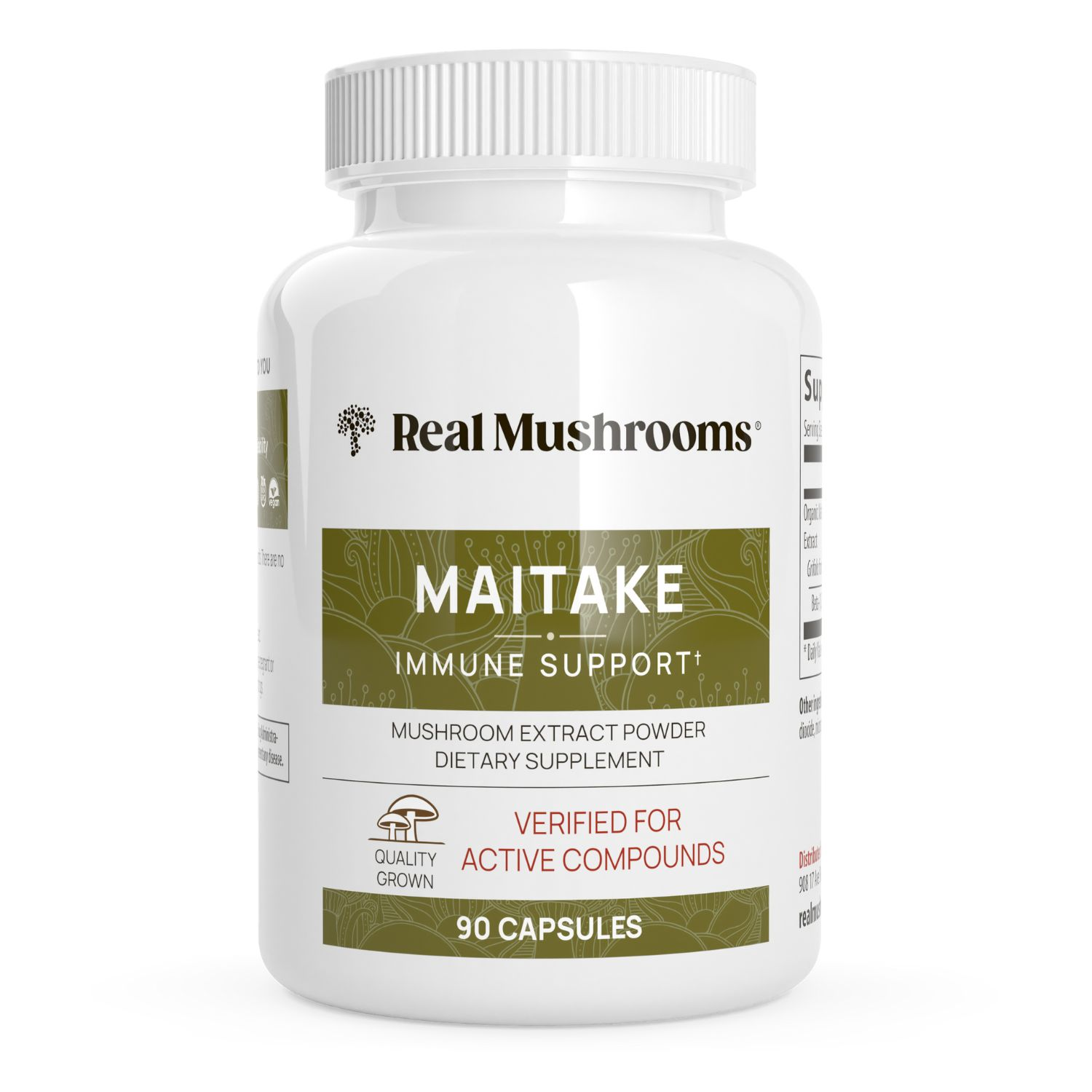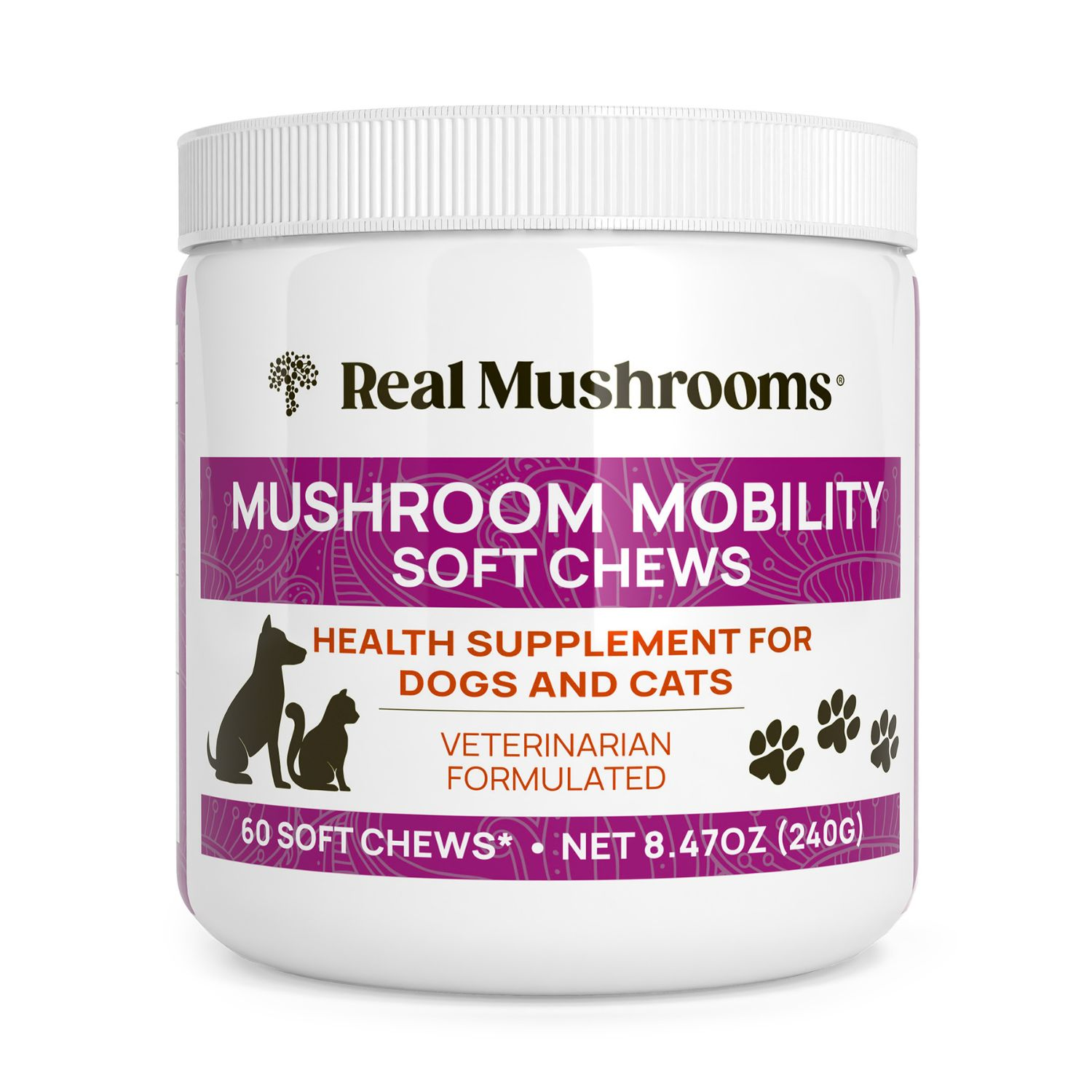Mushroom Names: A Guide to the World of Fungi
11 minute read

Mushrooms have long fascinated humans with their myriad shapes, sizes, and colors. These intriguing fungi, found in forests, woods, fields, and even urban environments, are celebrated for their unique appearances and diverse characteristics.
From culinary delights to unique health benefits, mushrooms are an integral part of many societies. In the kitchen, they are prized for their rich flavors and textures, enhancing dishes from simple sautés to gourmet creations. Many cultures have also harnessed the functional properties of mushrooms to boost health.
This guide explores the different types of mushrooms, their names, classifications, and uses. Whether you are a mycologist, a chef, or a mushroom enthusiast, this guide will offer valuable insights into the diverse fungi world.
In This Article
- Understanding Mushroom Classifications and Names
- Common Types of Mushrooms
- What Are the Health Benefits of Eating Mushrooms?
- Unlocking the Health Benefits of Mushrooms
Understanding Mushroom Classifications and Names
Mushrooms are part of a kingdom of organisms distinct from plants and animals. Unlike plants, fungi do not photosynthesize (1). Instead, they obtain nutrients by breaking down organic matter.
This unique mode of nutrition positions them as essential decomposers in ecosystems, recycling nutrients and fostering plant growth.
Mushroom Identification and Classification
Mushrooms belong to the fungal phylum Basidiomycota, characterized by their reproductive structures, known as basidia. These basidia produce spores that are disseminated to give rise to new fungal colonies.
Within Basidiomycota, mushrooms are further classified into various families, genera, and species based on their morphological characteristics (the mushroom structures and shape).
Major Families of Mushrooms:
- Agaricaceae: This family includes many well-known edible mushrooms that are widely cultivated, such as the common button mushroom and the meadow mushroom.
- Boletaceae: Known for their spongy pore surfaces rather than gills, this family includes the prized porcini (Boletus edulis).
- Russulaceae: This family comprises the Russula and Lactarius genera, recognized for their brittle gills and diverse colors.
- Strophariaceae: This family includes the hallucinogenic Psilocybe genus, containing species known for their psychoactive properties.

Understanding Mushroom Identification and Terminology
Mushroom identification and terminology can be divided into scientific (Latin) names and common names. Scientific names follow the binomial nomenclature system established by Carl Linnaeus, ensuring a universal language for scientists across the globe (2). Each mushroom species has a unique two-part name consisting of the genus and species.
Examples of Scientific Mushroom Names:
- Amanita muscaria: Known as the fly agaric, this mushroom is easily recognizable by its bright red cap with white spots. It has white, crowded gills that aren’t joined to the stem.
- Pleurotus ostreatus: This species is commonly known as the oyster mushroom and is popular in culinary dishes. It has whitish gills that run down the short stem (the stem is usually nearly absent).
- Lentinula edodes: Known as shiitake, this mushroom is highly valued for its rich flavor and medicinal properties. It has a brown cap with a white stem and gills.
Common names, on the other hand, often vary by region and language, reflecting the cultural significance and local usage of common mushrooms.
Examples of Common Mushroom Names:
- Button Mushroom: The common name for Agaricus bisporus, widely cultivated and consumed worldwide.
- Chicken of the Woods: Refers to Laetiporus sulphureus, named for its meaty texture that resembles chicken.
- Death Cap: The common name for Amanita phalloides, a highly toxic mushroom.
Fun Fact: Carl Linnaeus, known as the father of biological taxonomy, was both a poet and a scientist. He wrote over 180 books and scientific papers and was the first to use the male and female symbols.
Common Types of Mushrooms
Button Mushroom (Agaricus bisporus)
Button mushrooms are the most widely cultivated mushrooms globally. Their mild flavor and versatile nature make them a staple in many cuisines. As the mushrooms mature, they can be sold as cremini or portobello mushrooms, with deeper flavors and firmer textures.
Button mushrooms have a short, stout stem, white small-sized caps, and brownish gills that turn dark as the mushroom ages. The caps are usually tightly closed around the stem.

Shiitake (Lentinula edodes)
Shiitake mushrooms are native to East Asia and are highly regarded for their savory, umami flavor. They have a white-colored stem and are used extensively in Asian cuisine. Shiitake mushrooms are also noted for their health-promoting properties, including balancing the body’s immune response and antioxidant benefits.
Oyster Mushroom (Pleurotus ostreatus)
Oyster mushrooms are named for their oyster-shaped caps and delicate texture. These easily cultivated mushrooms are often used in soups, stir-fries, and other dishes. Oyster mushrooms include whitish gills and short stems and are known for their environmental benefits, as they can help degrade pollutants.
Porcini (Boletus edulis)
Porcini mushrooms are prized for their nutty, earthy flavor. This edible mushroom species is often used in Italian cuisine, particularly in risotto and pasta dishes. Porcini mushrooms can be found fresh, dried, or canned, each bringing a unique flavor profile to dishes.
The mushroom is characterized by a white, reticulated stem and a reddish-brown to dark-brown cap.
Health-promoting Mushrooms
Beyond their culinary uses, widely cultivated edible mushrooms have been used in traditional medicine for centuries. Modern research continues to uncover their potential health benefits. These types are often referred to as functional mushrooms.
Reishi (Ganoderma lucidum)
Reishi mushrooms, also known as lingzhi, are highly valued in traditional Chinese medicine. They are believed to promote longevity and improve overall health. Modern science is showing its potential to support the immune system, alleviate occasional stress, and help enhance the quality of sleep.
Turkey Tail (Trametes versicolor)
Turkey tail mushrooms are named for their colorful, fan-shaped appearance. These common mushrooms are rich in polysaccharides, compounds that have been shown to support immune function (3). Turkey tail mushrooms are being researched for their potential role in helping address malignant growths and supporting gut health.
Lion's Mane (Hericium erinaceus)
These mushrooms are distinctive for their long, cascading spines. They are renowned for their potential cognitive benefits, which include supporting neurological health. These mushrooms contain compounds that may stimulate the growth of nerve cells.
Poisonous Mushrooms

While many mushrooms are edible, some are highly toxic and can cause severe illness or death. Correct mushroom identification is crucial before consuming them.
Death Cap (Amanita phalloides)
This wild mushroom is responsible for the majority of mushroom poisoning fatalities worldwide. It contains potent toxins that can cause liver and kidney failure (4). Death cap mushrooms are often mistaken for edible species, making them particularly dangerous.
Destroying Angel (Amanita virosa)
Destroying angel wild mushrooms are closely related to death caps and are equally toxic. They are characterized by their all-white appearance and are often found in wooded areas. Ingestion of even a small amount can be fatal.
Fool's Mushroom (Amanita verna)
The fool's mushroom is another highly toxic member of the Amanita genus. The name says it all: It resembles edible mushrooms like the meadow mushroom, but its consumption can lead to severe poisoning. Symptoms may not appear until several hours after ingestion, complicating treatment.
Poison Fire Coral (Podostroma cornu-damae)
The poison fire coral is one of the deadliest poisonous red mushrooms in the world. In fact, it’s the only toxic mushroom known to researchers whose toxins can be absorbed by the skin and cause inflammation and dermatitis. If this red mushroom is ingested, it can cause cardiac arrest and, in severe cases, even death. It is red, sometimes with orange hues, and has coral-like branches that emerge from the earth. The overall effect looks like the flames of a fire.
Identifying Poisonous Mushrooms
When identifying toxic wild mushrooms, there are several key characteristics to look out for. While it’s always best to consult an expert or use a reliable guidebook, here are some general traits that can help you spot potentially dangerous wild fungi:
- Gills and Spore Print: Poisonous wild mushrooms often have varying colors of gills but produce a white spore print made by placing the cap gill-side down on paper for several hours.
- Odor: Some poisonous wild mushrooms emit a foul or chemical-like odor; for example, the Death Cap (Amanita phalloides) fruit body has a sweet fruity odor similar to rose petals. However, as the mushroom matures, the smell becomes stronger and becomes unpleasant to some.
- Cap Shape and Texture: Toxic mushrooms often have distinctive cap shapes and textures, such as the smooth, greenish, sticky cap of the Death Cap or the pure white, shiny cap of the Destroying Angel (Amanita virosa).
- Presence of a Volva and Ring: Many toxic wild mushrooms, especially in the Amanita family, have a volva (cup-like structure at the stem base) and a ring (skirt-like structure around the stem).
- Bruising and Color Changes: Some toxic wild mushrooms change color when bruised or cut; for example, The Bolete family includes around 200 species in North America, most of which are edible mushrooms, though some are poisonous and should be avoided if they have orange to red pores or bruise blue.
Safety Tip: Amanita mushrooms have a cup-like structure (volva) at the base of their stalk, which is often hidden in the soil. To identify this potentially toxic feature, always dig up mushrooms instead of just picking them.
What Are the Health Benefits of Eating Mushrooms?
Many mushrooms have been used for their medicinal properties for centuries, particularly in traditional Chinese and Japanese medicine.
These fungi are not just culinary delights but also powerhouses of health benefits. Here are some of the most notable health-promoting mushrooms and their benefits:
Reishi (Ganoderma lucidum)
The Reishi mushroom has immunity-boosting compounds such as beta-glucans that may enhance the activity of white blood cells, which are crucial for fighting off infections.
Often called the “mushroom of immortality” because of its adaptogenic properties, Reishi helps the body cope with stress. Additionally, it promotes a healthy inflammation response, making it potentially beneficial for conditions like arthritis (7).

Lion’s Mane (Hericium erinaceus)
This mushroom is famous for its potential to improve brain function by stimulating the production of nerve growth factor (NGF), which is essential for the growth and maintenance of neurons (8). Additionally, Lion’s Mane mushrooms can help regulate digestion by potentially promoting the growth of beneficial gut bacteria.
An animal study suggests that it may help relieve occasional worry and blue mood as it can support a positive mood (9).

Cordyceps (Cordyceps sinensis)
Cordyceps can help provide stable, balanced energy levels and potentially enhance exercise performance biomarkers by improving how the body uses oxygen. Additionally, this mushroom is believed to have antioxidant properties that may support overall health and well-being.
Cordyceps is thought to have properties that might support respiratory health, potentially benefiting individuals with various respiratory concerns.

Chaga (Inonotus obliquus)
Chaga is one of the richest sources of antioxidants, which help protect the body from free radicals and oxidative stress. It is believed to support digestive health by helping regulate the gut microbiome. It is also ideal for supporting skin health.
Additionally, Chaga may aid in improving nutrient absorption so that your body gets the most out of the foods you eat.

Turkey Tail (Trametes versicolor)
Turkey Tail is renowned for its immune-boosting properties. It contains polysaccharopeptides that can help balance your body’s immune response. Additionally, this mushroom can help improve gut health as it promotes the growth of beneficial bacteria in the digestive tract.
Some human studies suggest that Turkey Tail may help manage malignant growth by improving the immune response and potentially reducing the associated side effects(10) (11).
Fun Fact: Turkey Tail mushrooms get their name from their striking resemblance to the colorful feathers of a turkey's tail. The species name versicolor, in Latin, means "of several colors," which accurately describes the mushroom's vibrant color palette.
Not all mushroom supplements offer the same benefits. To ensure maximum health advantages, it's vital to select a high-quality supplement. When we refer to mushrooms, we mean the fruiting body of the fungus. Look for products that specify the use of the fruiting body rather than the mycelium, which is the root system of the fungus. Mycelium is inseparable from the grain it is grown on, so both end up in the supplement and therefore dilute the potency of the product.
Real Mushrooms guarantees the use of 100% mushrooms to provide the highest potency and efficacy for your health. That’s why Real Mushrooms supplements have received awards from Consumer Lab for their high quality.

Unlocking the Health Benefits of Mushrooms
Mushrooms are a fascinating and diverse group of fungi offering various flavors, textures, and health benefits. From common varieties like button and shiitake to exotic types like reishi, mushrooms can enhance your meals and support your well-being.
Often found growing in the woods, mushrooms thrive in natural environments that contribute to their unique characteristics.
Whether you’re interested in edible mushroom identification, growing your own mushrooms, or exploring their health benefits, there’s always something new to learn. Correct mushroom identification before consumption of the fungi is critical to maintain health and safety.
Real Mushrooms is dedicated to providing high-quality, 100% mushroom supplements to help you enjoy the full benefits of these incredible fungi. Explore our range of products today and discover how mushrooms can enrich your life.

References
- Libretexts (2023) 24.1a: Characteristics of fungi, Biology LibreTexts. Available at: https://bio.libretexts.org/Bookshelves/Introductory_and_General_Biology/General_Biology_(Boundless)/24%3A_Fungi/24.01%3A_Characteristics_of_Fungi/24.1A%3A_Characteristics_of_Fungi (Accessed: 06 June 2024).
- Binomial nomenclature. (no date). Khan Academy. Available at: https://www.khanacademy.org/science/biology-essentials/x35f699f4a3703d4e:nomenclature-and-taxonomy/x35f699f4a3703d4e:untitled-2/a/binomial-nomenclature (Accessed: 06 June 2024).
- Dowse, P. (2022) Polysaccharides – a definition and examples, Sugar Nutrition Resource Centre. Available at: https://www.sugarnutritionresource.org/news-articles/polysaccharides-a-definition-and-examples (Accessed: 06 June 2024).
- Santi L, Maggioli C, Mastroroberto M, Tufoni M, Napoli L, Caraceni P. (2012, July 3). Acute Liver Failure Caused by Amanita phalloides Poisoning. Int J Hepatol. https://www.ncbi.nlm.nih.gov/pmc/articles/PMC3395149/
- Horn, L. (2022). Effects of different substrates as medium for mushrooms cultivation. Available at: https://repository.unam.edu.na/server/api/core/bitstreams/e64f1236-1c94-4952-9448-cd77b1d9febf/content (Accessed: 06 June 2024).
- Oyster Mushroom. (no date). Available at: https://nhb.gov.in/report_files/oyster_mushroom/oyster%20mushroom.htm (Accessed: 06 June 2024).
- Abate M, Pepe G, Randino R, Pisanti S, Basilicata MG, Covelli V, Bifulco M, Cabri W, D'Ursi AM, Campiglia P, Rodriquez M. (2020, August 29). Ganoderma lucidum Ethanol Extracts Enhance Re-Epithelialization and Prevent Keratinocytes from Free-Radical Injury. Pharmaceuticals (Basel). https://pubmed.ncbi.nlm.nih.gov/32872510/
- Aloe L, Rocco ML, Balzamino BO, Micera A. (May 2015). Nerve Growth Factor: A Focus on Neuroscience and Therapy. Curr Neuropharmacol. 2015;13(3):294-303. https://www.ncbi.nlm.nih.gov/pmc/articles/PMC4812798/
- Chou, M., Ho, J., Huang, M., Chen, Y., Yang, M., Lin, L., Chi, C., Yeh, C., Tsao, T., Tzeng, J., Hsu, R. J., Huang, P., Lu, W., Li, P., & Wang, M. (2022, September 2). Potential antidepressant effects of a dietary supplement from the chlorella and lion’s mane mushroom complex in aged SAMP8 mice. Frontiers in Nutrition, 9. https://www.frontiersin.org/articles/10.3389/fnut.2022.977287/full
- Dan A, Swain R, Belonce S, Jacobs RJ. (2023, April 14) Therapeutic Effects of Medicinal Mushrooms on Gastric, Breast, and Colorectal Cancer: A Scoping Review. Cureus. https://pubmed.ncbi.nlm.nih.gov/37193480/
- Stamets P. (November 2012). Trametes versicolor (Turkey Tail Mushrooms) and the Treatment of Breast Cancer. Glob Adv Health Med. https://www.ncbi.nlm.nih.gov/pmc/articles/PMC4890100/
